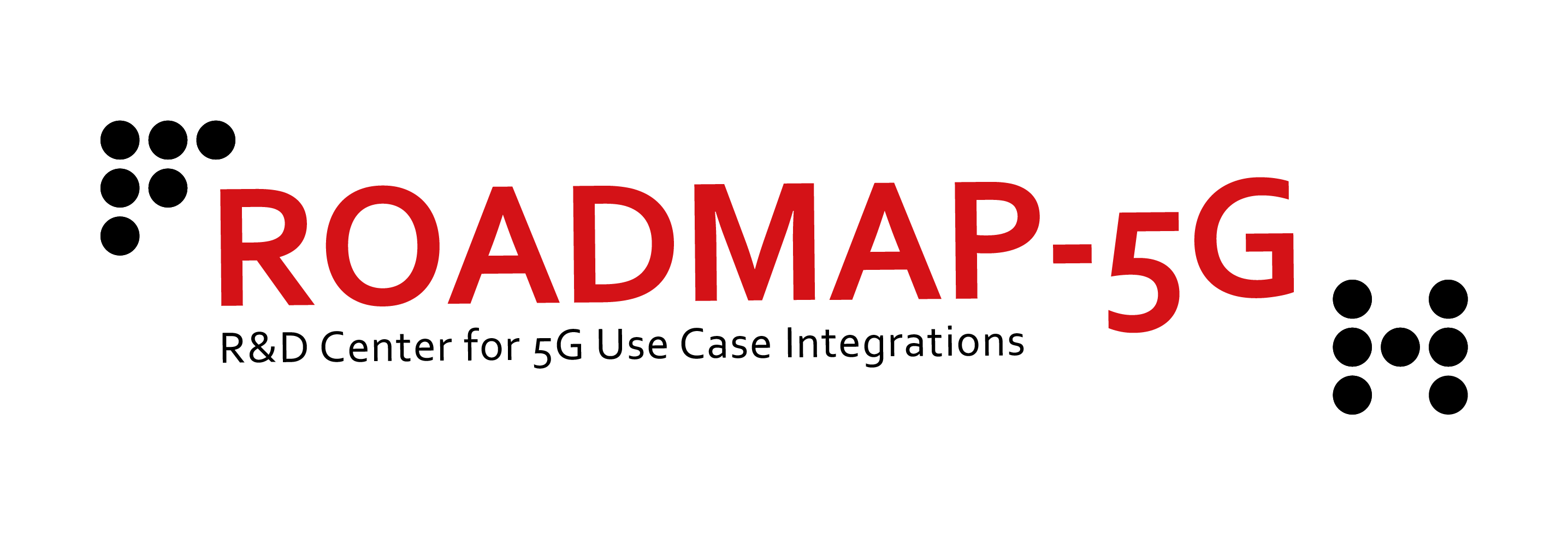In highly dynamic communication networks, such as a 5G research network with multiple use cases and varying requirements, continuously monitoring the performance of all involved network components is a challenging task. Key performance indicators in such a setting include connectivity, latency, jitter, and up- and downlink throughput with different protocols. This situation is further intensified by the diversity of the used devices and their physical locations inside the network. The only viable option to ensure a smooth operation is the deployment of an automated test strategy, covering all relevant metrics and components.
Concerning this complex topic, Valentin Egger held a presentation at the 8th ETSI UCAAT (User Conference on Advanced Automated Testing) conference on Testing at the Edge. It shows an extensible solution that utilizes an elaborate combination of standardized measurement programs (ping and iperf3) together with a reporting template (in Jupyter). The test and analysis processes are scripted using Python. This enables continuous improvements in the 5G Playground Carinthia, which is a 5G research network, with constantly evolving network infrastructure.
We describe a novel way to centrally specify network test routines involving different metrics using an easy to read syntax. These specifications are stored on a server, which also controls the execution of the measurements on the respective parts of the network. The measurement programs themselves are containerized Python microservices. This enables rapid deployment of measurement instances across the whole research network. Through parametrization of the containers, the results of ping and iperf3 measurements are automatically reported back to the control instance, which stores them for later analysis. Upon completion of the measurements, an initial analysis of the generated results takes place. This is done in an automatically generated Jupyter file that includes statistical evaluations and graphical plots. Its layout is defined in the test specification. If desired, the Jupyter file can be further enhanced and exported to a PDF for sharing the gathered insights to make a decision.
This presentation was published at the 8th ETSI UCAAT conference on the 20th of October 2021 at 10:55 a.m. in the 5G and Networks Session.
The full presentation video can be seen here.
If you have any further questions, feel free to leave a comment below.
This post is also available in: Deutsch (German)
